Register now to gain access to all of our features. Once registered and logged in, you will be able to contribute to this site by submitting your own content or replying to existing content. You'll be able to customize your profile, receive reputation points as a reward for submitting content, while also communicating with other members via your own private inbox, plus much more! This message will be removed once you have signed in.
-
Content count
4451 -
Joined
-
Last visited
Posts posted by Admin
-
-
-
Wireless electronic devices may include a ground plane, a double ring antenna and non-cellular antennas integrated within the double ring antenna.
The double ring antenna may comprise first and second metal rings around the perimeter of a ground plane to operate as MIMO cellular antennas.
At least one non-cellular antenna, such as a MIMO Wi-Fi antenna, may be integrated between the first and second metals rings on one or more sides of the wireless electronic device -
-
-
-
-
-
-
The antenna is made of aluminum. traverse square tube with a side of 15mm, the 3xDirector and the dipole - rod diameter 5mm, cable reduction inside of the lower beam and the braid is attached to the lower dipole arm.
The three elements directors, must be isolated from the support beams who are made of tubular aluminum rectangular(15x15x1mm)
-
-
A method to improve the gain of axial-mode helical antenna is proposed.
This method involves a parasitical circular metal disk,which is installed on the front of general axial-mode helical antenna and is apart from the helical line. A circular current whose phase lags behind that of helical line current appears,which brings a more concentrated radiation field. Consequently,the antenna gain is improved, Based on the simulation results,an antenna array model fed independently is proposed.This model gives an excellent explanation of the radiation characteristic of helical antenna, Both the simulation and experiment results show that for obtaining the same gain,the antenna length in this new method is only 71% of that in traditional helical antenna.The reduction of antenna length favors the miniaturisation of antenna.
In addition, this method has a little effect on the bandwidth of antenna, so it can be widely used in the design of helical antenna element and array.
2 people like this -
-
-
-
-
-
Interesting, very interesting program to check network security in linux and windows:
http://sniff.su/download.html
http://intercepter-ng.blogspot.ru/20...1_archive.html -
There is a manufacturer of antennas and RF Elements of the buildings, has long produced antennax for equipment installationMikrotik, however, with the release of the device SXTG 2HnD has no sense to collect supplies and pack them into the case, the new product shows better results than StationBox XL.
-
-
By activating this feature you can deny access to your access point via Wi-fi network, but it will not protect you against sniffing or intrusion into your network.
Remember that wrong hardware configuration that supports even the most modern security technology, will not provide the proper level of security to your network. Each standard has additional technologies and settings to maximize security. We therefore recommend to entrust the setup of Wi-Fi equipment only to professionals.
-
Free Wi-Fi
While commercial services are trying to use existing business models to wifi, many groups, communities, cities, and individuals to build free Wi-Fi network, often using a common peering agreement in order that networks can freely communicate with each other. Free wireless networks are usually represented the future of the Internet. Many municipalities together with local communities to expand free Wi-Fi network. Some groups are building their own Wi-Fi network based entirely on voluntary help and donations. For more information, see joint wireless & networks, where you can also find a list of available Wi-Fi networks located around the world (see also Free Wi-Fi access in Moscow). OLSR is one of the protocols used for the creation of free networks. Some networks use static routing, while others rely completely on OSPF. In Wireless Leiden developed their own software for routing called LVrouteD to combine Wi-Fi networks, is built on a fully wireless basis. Bo?most networks based on open source software, or publish the scheme under an open license. Some smaller countries and municipalities already provide free access to Wi-Fi hotspots and Internet access via Wi-Fi at the place of residence for all. For example, the Kingdom of Tonga or Estonia, which have a large number of free wifi hotspots throughout the country. In Paris, OzoneParis offers free Internet access is unlimited to everyone who contributes to the development of Pervasive Network, providing the roof of his house for the installation of Wi-Fi network. Unwire Jerusalem is a project of the installation of free access points Wi-Fi in the major shopping centers of Jerusalem. Many universities provide free access to the Internet via Wi-Fi for its students, visitors and all who are on campus. Some commercial entities such as Panera Bread, offer free access to Wi-Fi for regular customers. McDonald's Corporation also provide access to Wi-Fi under the brand 'McInternet'. This service was launched at the restaurant in oak brook, Illinois; it is also available in many restaurants in London. However, there is a third subcategory of networks communities and organizations, such as universities, where free access is granted to members of the community, and those who had not included, access is granted on a paid basis. An example of such a service — Sparknet in Finland. Sparknet also supports OpenSparknet project, in which people can make their own access point part of Sparknet, gain some benefit. Recently commercial Wi-Fi providers have built free Wi-Fi hotspots and hotzone. They believe that free Wi-Fi will attract new customers and investment returns.
The Advantages Of Wi-Fi
• Allows you to deploy a network without laying cable, can reduce the cost of deployment and network expansion. Places where you cannot lay cable, for example, outdoors and in buildings of historical value, may be served by wireless networks. • Wi-Fi devices are widely available on the market. And devices from different manufacturers can interoperate at a basic level of services. • Wi-Fi networks support roaming, so the client station can move in space, moving from one access point to another. • Wi-Fi is a set of global standards. Unlike cell phones, Wi-Fi equipment can work in different countries around the world.
Disadvantages Of Wi-Fi
•Frequency range and operational constraints vary across countries; in many European countries, you are allowed two additional channels, which are banned in the US; Japan has one more channel in the upper part of the range, and other countries like Spain, prohibit use of low-frequency channels. Moreover, some countries, such as Italy, require the registration of all Wi-Fi networks operating out of the premises, or require registration of the Wi-Fi operator. • Quite high compared to other standards the energy consumption that reduces battery life and increases the temperature of the device. • The most popular encryption standard, Wired Equivalent Privacy, or WEP, can be cracked relatively easily even with the correct configuration (because of the weak strength of the key). Despite the fact that the new devices support more advanced Protocol Wi-Fi Protected Access (WPA), many older access points don't support it and require replacement. The adoption of the 802.11 i standard (WPA2) in June 2004 makes available a more secure scheme, which is available in new equipment. Both schemes require stronger password than those typically assigned by the user. Many organizations use additional encryption (e.g. VPN) to protect from invasion. • Wi-Fi have limited range. A typical home Wi-Fi router with 802.11 b or 802.11 g has a range of 45 m indoors and 90 meters outdoors. Distance also depends on the frequency.Wi-Fi in the 2.4 GHz range is more than Wi-Fi in the 5 GHz band, and has a radius smaller than Wi-Fi and pre-Wi-Fi) at the frequency of 900 MHz. • Signal interference of a closed or using encryption access points and outdoor access points operating on the same or adjacent channels may interfere with access to an open access point. This problem may occur with a high density of access points, for example, in large apartment buildings where many residents put their access point Wi-Fi. • Incomplete compatibility between devices from different manufacturers or incomplete compliance may lead to limited connectivity or slow.
-
I think this question is given by everyone here I found an article about Wi-Fi , hope for your understanding admins...
What is wifi and how to use it
(2.4 GHz and 5 GHz.)
Wi-Fi (pronounced [Wi-Fi], abbr. Wireless Fidelity — the standard equipment for broadband wireless communication intended for the organization of local wireless networks Wireless LAN. The installation of such networks is recommended where the deployment of the cable system is impossible or economically impractical. Thanks handover users can move between access points throughout the network coverage Wi-Fi without disconnection. Developed by a consortium Wi-Fi Alliance based on IEEE 802.11 standards.
Mobility
Mobile devices (PDAs and laptops), equipped with a client Wi-Fi receiver-transmitter can connect to a local network and access the Internet via so-called access points or hotspots.
The first Wi-fi
Wi-Fi was created in 1991 NCR Corporation/AT&T (later Lucent and Agere Systems) in Nieuwegein, the Netherlands. Products, initially for systems and cash services, was brought to market under the name WaveLAN and provided data transfer rate of 1 to 2 Mbit/s. Vic Hayes (Vic Hayes) — the Creator of the Wi-Fi was named "father of Wi-Fi" and was in the team involved in the development of standards such as IEEE 802.11 b, 802.11 a and 802.11 g. In 2003, Vic retired from Agere Systems. Agere Systems are unable to compete on equal terms in difficult market conditions, despite the fact that its products have occupied the niche of cheap Wi-Fi solutions. 802.11 abg all-in-one chipset from Agere (code named: WARP) didn't sell well, and Agere Systems decided to quit the Wi-Fi market in late 2004.
Wireless-Fidelity -literally "Wireless Reliability".
Wi-Fi: How it works
Usually a scheme Wi-Fi network contains one access point (AP). access point) and at least one client. Access point is broadcasting its SSID (eng. Service Set IDentifier, Network name — network identifier, network name) via a special packet, called signaling packets transmitted every 100 MS. Signaling packets are transmitted at the speed of 1 Mbps and have a small size, so they do not affect network performance. Since 1 Mbit/s minimum data transfer rate for Wi-Fi, the client, receive the signal packet, can be sure that I will be able to connect at a speed no less than 1 Mbps. Knowing the parameters of the network (i.e. the SSID), the client can figure out if you can connect to this access point. The program, built-in Wi-Fi card of the client, may also affect the connection. When getting within range of two access points with identical SSID, the software can select between them on the basis of the signal level. Standard Wi-Fi gives the customer complete freedom in the choice of criteria for connection and roaming. This is the advantage of Wi-Fi, although it means that one of the adapters can perform these actions much better than the other. The latest versions of operating systems contain a feature called zero configuration which shows the user all available networks and allows you to switch between them on the fly. This means that roaming is fully controlled by the operating system. Wi-Fi transmits data in the ether, so it has properties similar to non-switched ethernet network, and it can cause the same problems as with a non-switched ethernet networks.
Wi-Fi and mobile phones
Some believe that Wi-Fi and similar technologies may eventually replace cellular networks such as GSM. Barriers to such developments in the near future are the lack of roaming and authentication features (see 802.1 x, SIM cards and RADIUS), limited frequency range and very limited radius of action Wi-Fi. Looks more correct comparison of Wi-Fi with other networks, such as GSM, UMTS or CDMA. However, the Wi-Fi is ideal for VoIP in corporate networks or in a SOHO environment. The first equipment was available in the early 90s, but had not entered commercial operation until 2005. Then the company Zyxel, UT Starcomm, Samsung, Hitachi and many others introduced on the market VoIP Wi-Fi phones at "reasonable" prices. In 2005 ADSL ISP providers started to offer VoIP services to your customers (for example German ISP XS4All). When calls using VoIP are very cheap and often even free, providers are able to provide VoIP services, had the opportunity to open up a new market of VoIP services. GSM phones with integrated support for Wi-Fi and VoIP have begun to appear on the market, and potentially they can replace phones. At the moment, a direct comparison of the Wi-Fi and cellular networks is impractical. Phones using Wi-Fi only have a very limited range, so deployment of such networks is very expensive. However, the deployment of such networks may be the best solution for local use, for example, in corporate networks. However, devices that support multiple standards can take a significant market share.
Commercial use of Wi-Fi
Commercial access services based on Wi-Fi is available in places such as Internet cafes, airports, and cafes around the world (normally called Wi-Fi-cafés), but their coverage can be regarded as a point compared with the cellular networks:
• Ozone and OzoneParis In France. In September 2003, Ozone started deploying the OzoneParis network across The City of Lights. The ultimate goal is the creation of a centralized Wi-Fi network that can cover your Paris. The basic principle of Ozone Pervasive Network is that this network on a national scale.
• WiSE Technologies provides commercial access in airports, universities, and independent cafes in the U.S.;
• T-Mobile provides hotspots for Starbucks in the US and the UK, as well as more than 7500 hotspots in Germany;
• Pacific Century Cyberworks provides access to the Pacific Coffee stores in Hong Kong;
• Columbia Rural Electric Association is trying to deploy a network of 2.4 GHz Wi-Fi on an area of 9,500 km?, located between counties Walla-Walla and the Columbia in Washington state and Umatilla, Oregon; To the list of other major networks in the US are: Boingo, Wayport and iPass; • Sify, an Indian Internet service provider, has installed 120 access points in Bangalore, in hotels, galleries and government institutions.
• Vex has a large network of hotspots located throughout Brazil. Telefónica Speedy Wi-Fi began providing its services in a new growing network that has spread to the territory of the state of Sao Paulo.
• BT Openzone owns many hotspots in the UK, working in McDonald's, and has a roaming agreement with T-Mobile UK and ReadyToSurf. Their clients also have access to The Cloud hotspots.
• Netstop provides access to New Zealand.
• The company Golden Telecom provides support for municipal Wi-Fi network in Moscow, and also provides communication channels for the project Yandex.Wi-Fi ([2]).
• EarthLink plans in the third quarter of 2007 to fully connect Philadelphia (USA) to the wireless Internet. This will be the first city-metropolis in the USA which is fully covered by Wi-Fi. The cost will be around 20-22 dollars a month at connection speed of 1 Mbit/sec. For low-income residents of Philadelphia cost would be 12-15 dollars a month. Currently, the city centre and surrounding areas are already connected. Connect the other regions will be made as the installation of transmitters.
Wireless technology in industry
For use in industry Wi-Fi technology are available while a limited number of suppliers. So Siemens Automation & Drives offers Wi-Fi solutions for their controllers SIMATIC in accordance with the IEEE 802.11 b standard in the free ISM-band 2.4-GHz and providing a maximum transmission speed of 11 Mbit/s. these technologies are mainly used to control moving objects and in warehouse logistics, as well as in cases when for any reason it is impossible to lay a wired Ethernet network.
International projects
Another business model is to connect existing networks to the new one. The idea is that users will share your frequency response using personal wireless routers completed. For example, FON is a young Spanish company created in November 2005. She intends to become the largest network of hotspots worldwide by the end of 2006 with 30,000 access points. Users are divided into three categories: linus, allocating free access to the Internet; bills, selling your frequency range; and aliens that use access via bills. Thus, the system is similar to peer-to-peer services. Despite the fact that the FON receives financial support from such companies as Google and Skype, only with time it will be clear, will this idea really work. Now this service has three main problems. The first is that for transition of project from initial stage to bulk requires more attention from the public and the media. You also need to consider the fact that the provision of access to your Internet channel to others may be limited by your contract with the ISP. Therefore, the Internet providers will try to protect their interests. The same is likely to come from record companies opposed to the free distribution MP3. And third, the FON software is still in beta stage, and it remains only to wait when will be solved the problem of security. -
What is a hotspot?
Hot spot (from the English. hot spot — land area (e.g., area office, cafe, campus, metro station), where with the help of portable device (laptop, smartphone or PDA), equipped with device of radio access Protocol Wi-Fi, you can obtain access to computing networks (Internet, intranet). So, many cafes do free hotspots to access the Internet with the purpose of attracting visitors and as an extra service. In many cases, the hotspot is commercial, Internet-access (pay by time or volume of transferred data).
Fig.1 the principle of the hotspot
In many countries the provision of public Internet access at hotspots is regulated by law, for example, in the EU, according to the Union directives the owners of the hotspots are obliged to store basic data on user activity within 12 months. (http://ru.wikipedia.org)
Technically, hotspot is a hardware or hardware-software complex, consisting of one or more WiFi access points and control systems (hardware or software controller). Options for building the hotspot a lot, it all depends on the initial conditions and objectives:
1. The land on which it is necessary to provide coverage. The presence on this site walls, trees and other impediments to radio wave propagation.
2. Standards, types and characteristics of devices, which must ensure the hotspot.
3. Quality of performance (minimum and maximum connection speed to the access points (APS) and Internet traffic, connection stability, ping etc.).
4. The functionality of the hotspot users (simple connection setup, payment methods, the ability to follow the flow of their funds and their balance, etc., etc.).
5. Functionality for administration, monitoring of connections, traffic, user accounts, Troubleshooting, etc.).
6. Means to provide a comfortable user experience and security (shapers, session limit, firewall, secure authorization and traffic, the exclusion of unauthorized access, etc.).
Next, we consider some variants of the organization of hotspots, from the simplest to the system guest access to the corporate level.
The simplest hotspot.
The simplest version of hotspot is an access point or router home level, connected to the Internet.
Advantages:
1. Low cost.
2. Easy to install.
Disadvantages:
1. Small coverage and its low quality.
2. Minimal (or even absent) monitoring and administration.
3. Minimal (or even absent) possibility of traffic control.
All this actually leads to the provision of services "as is" (as is). The owner of the hotspot could not provide a quality user experience cannot control them and actually influence anything.
For example, one user running a torrent client, can "eat" the entire width of the Internet channel, or overload, etc., thus effectively making the use of other users is impossible.
Hotspot entry-level (option 1)
If you already have a computer that can be used as a controller, you can also do low cost. For example, ustanovili free (or shareware) software for organizations of hotspot and Rustaveli TD on the territory.
Attention! When choosing the TD needs to consider whether this model controller. Or, alternatively, whether there is alternative firmware such support.
Advantages:
1. The relatively low cost.
2. The functionality and ease of use depend on the type of selected equipment and the controller.
3. Monitoring and control (effectiveness is the same).
Disadvantages:
1. To operate the hotspot needed continuously on the computer of the controller.
2. Most management software hotspot are running on different versions of Linux, so you may need a separate computer (dedicated server).
3. The difficulty in installing and configuring.
Hotspot entry-level (version 2)
If no computer or you want to make a hotspot a separate independent system, then it makes sense to think about using a hardware controller, for example, Mikrotik.
RouterOS L4 license supports up to 200 active hotspot user, up to 500 L5, and L6 unlimited.
The choice of a particular model of the controller depends on the intended load (the total speed of the external channel, the number of simultaneously active users, rates, etc.).Fig.2 the administrative Interface of the Mikrotik hotspot on the base.
Advantages:
1. Low cost.
2. Works offline (does not require a computer, only for administration).
3. The basic functionality of the hotspot out of the box, the ability to adapt.
4. Good monitoring and control.
5. Extensibility of the coating simply by adding new TD (almost all manufacturers and models).
6. Easy to install and configure (compared to other systems).
7. The opportunity to work with the most professional billing.
Disadvantages:
1. The need for a clear planning of the load, because if you don't have the performance of selected controller, modernization is possible only by replacement with a more efficient model.
2. Out of the box only basic functionality (for a small hotspot of this, however, is quite enough). Increased functionality is performed by a script that requires some knowledge in the it field or bringing in experts from the outside.
Hotspot entry-level (option 3) with an external controller.
Some sites offer services using their controller to control your hotspot. In this case, you have the least problems with installation and maintenance of the hotspot, but will have to share the profits. In addition, the functionality and usability of the hotspot is determined by the list of services provided by the owner controller.
In this option you will need a TD that supports this controller (for example, with alternative firmware DD-WRT).
The hotspot average (corporate) level.
The system is guest access will suffice for a large hotel (or hotel chain), cafes/restaurants, etc. Many major manufacturers offer their own solutions for guest access, varying equipment and capabilities. As an example of such a system can result in the company UniFi from Ubiquiti.
Fig.3 management Interface UniFi
Advantages:
1. A wide range of functionality out of the box, allowing you to build on the same hardware, internal (corporate) network and guest access.
2. Good monitoring and control.
3. Extensibility of the coating by adding a new TD.
4. The flexibility to work with clients.
5. The relative ease of installation and configuration.
Disadvantages:
1. Relatively high cost, as supported by only "special" equipment.
2. Functionality out of the box enough for the vast majority of cases, but if something important (for you) is not enough, it is a serious problem.. -

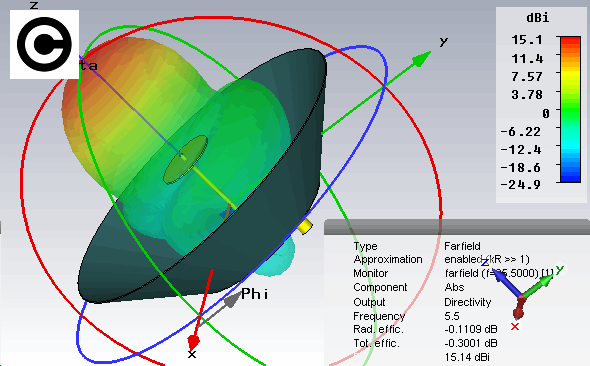








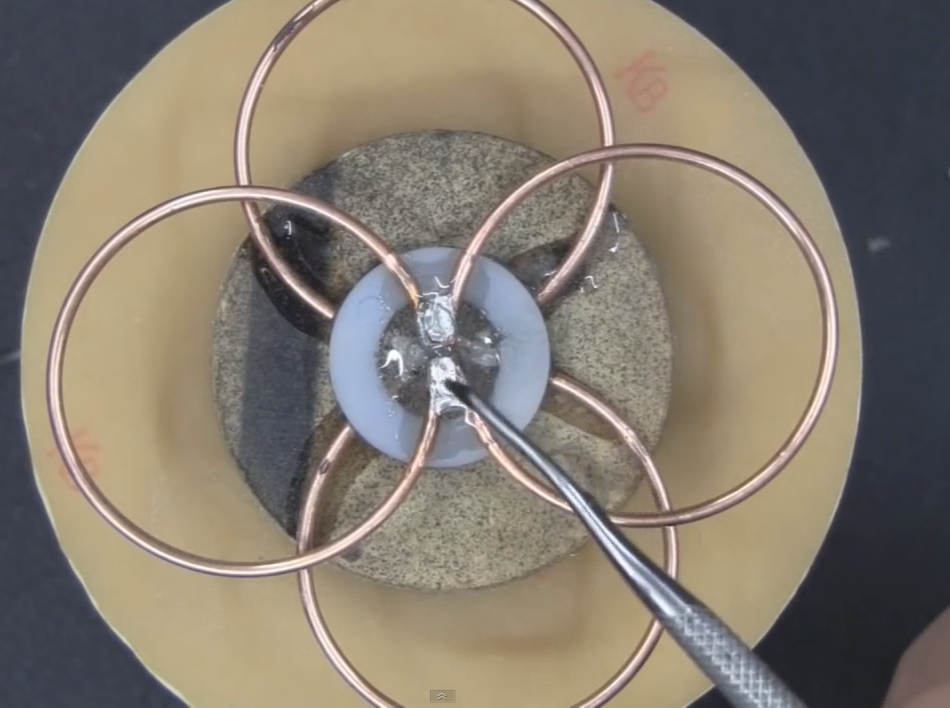
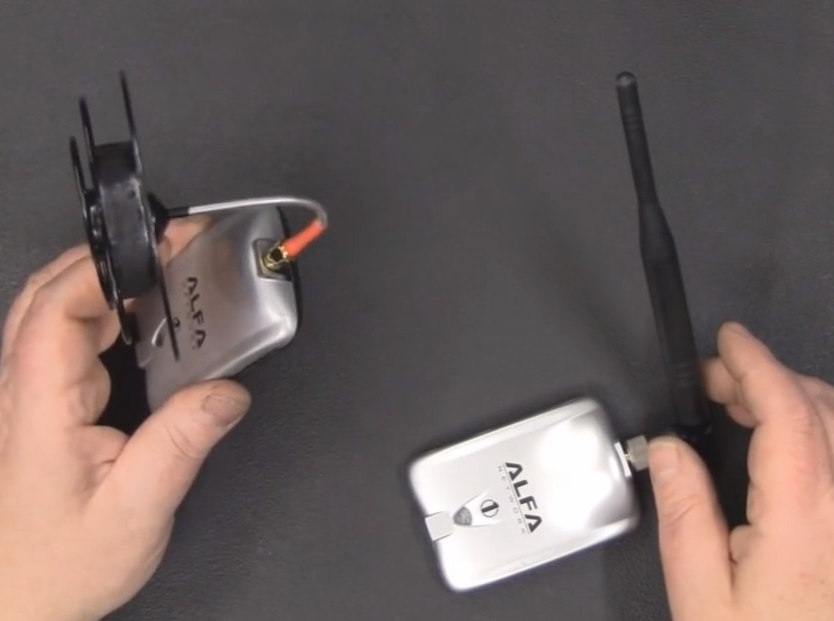
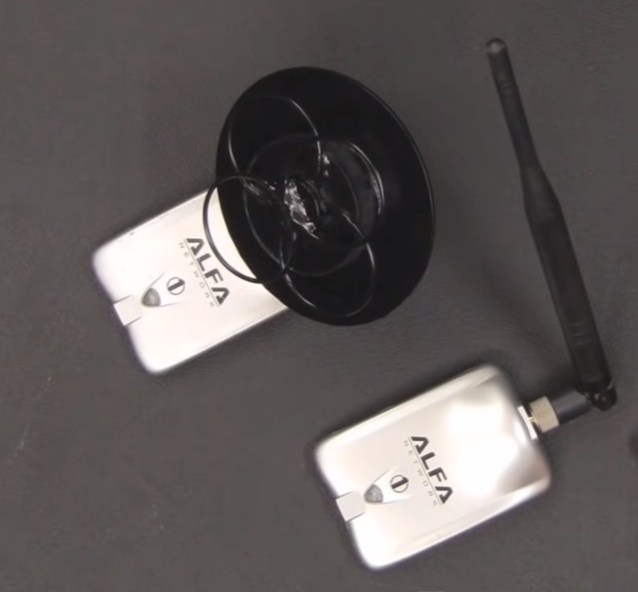
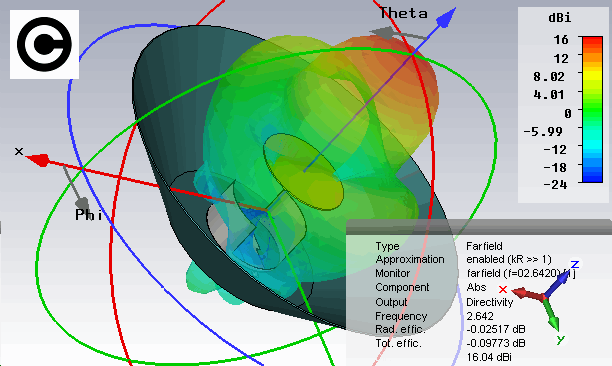
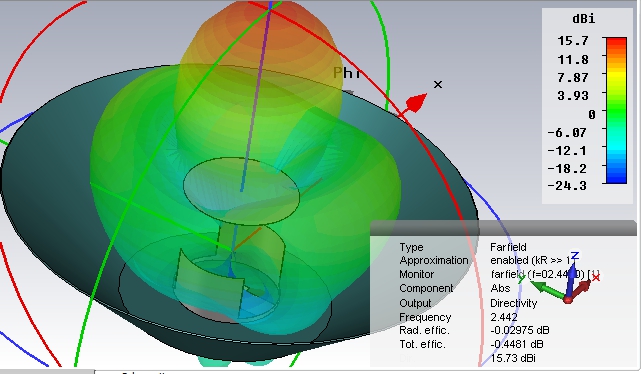

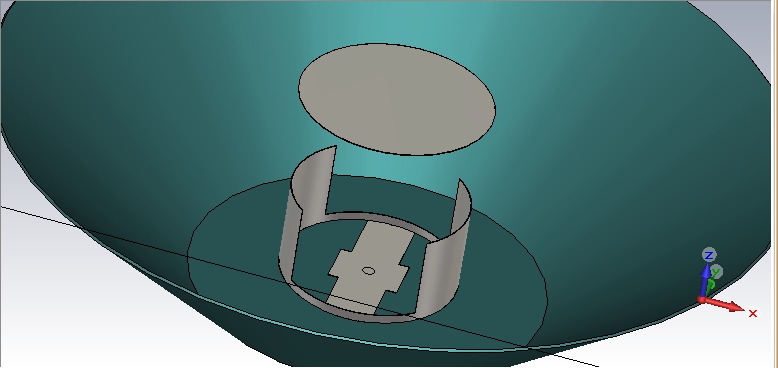
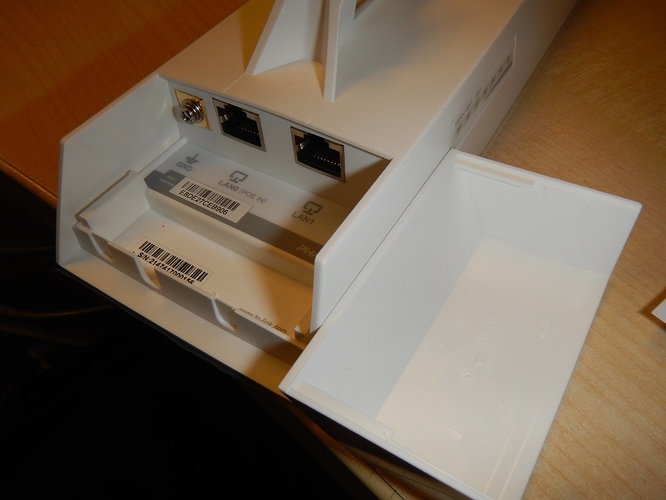
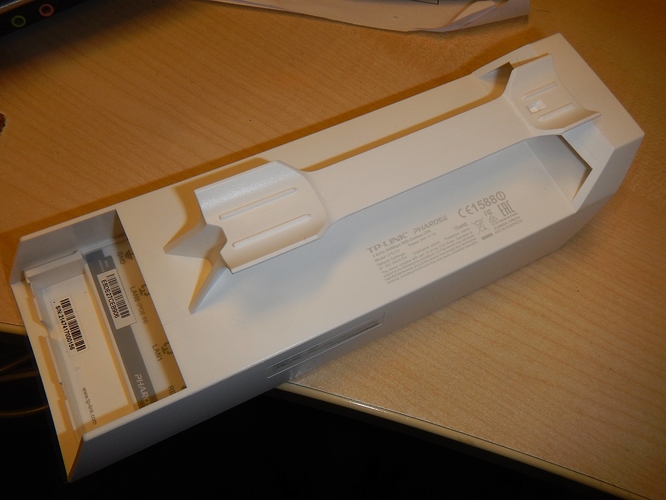
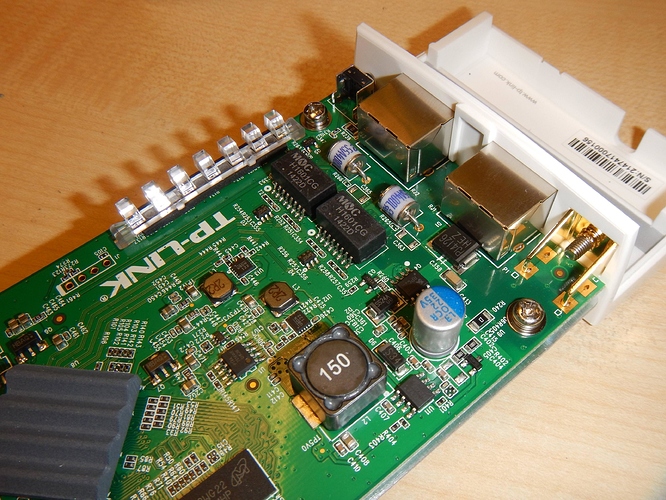
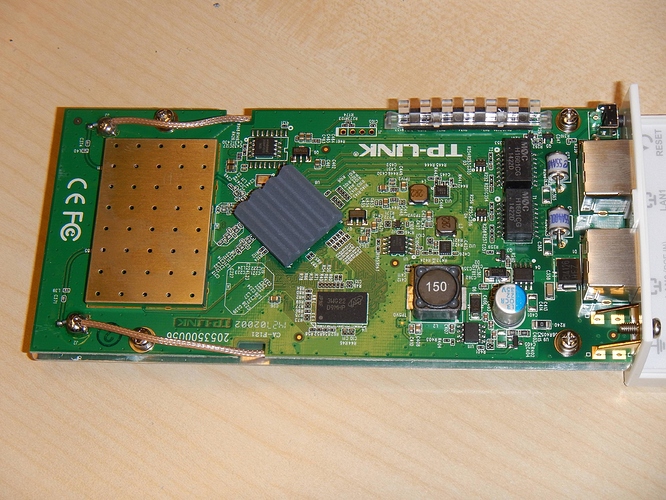
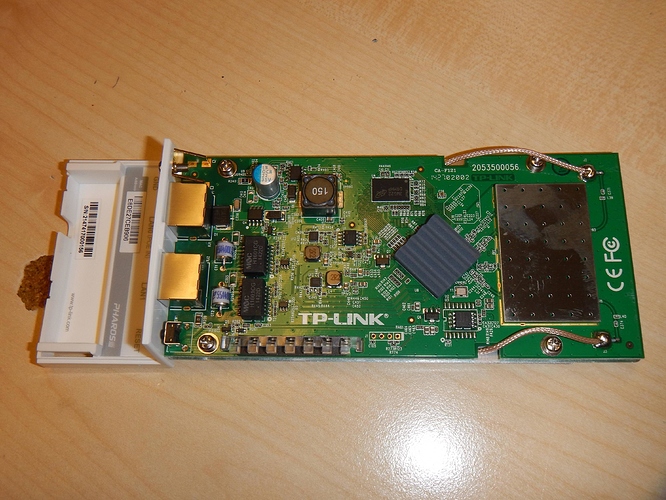
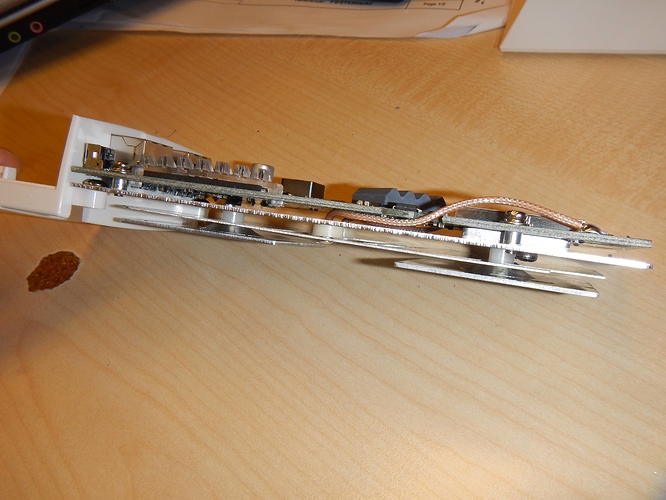
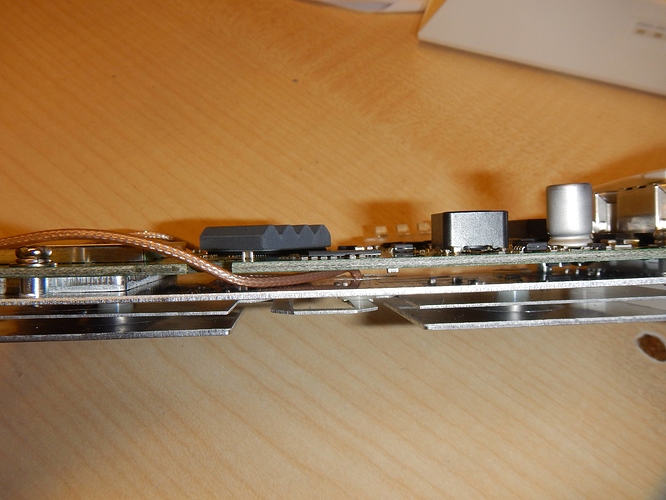
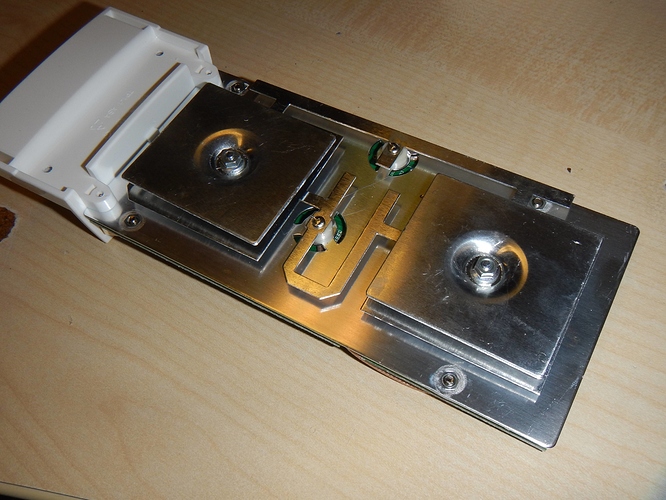
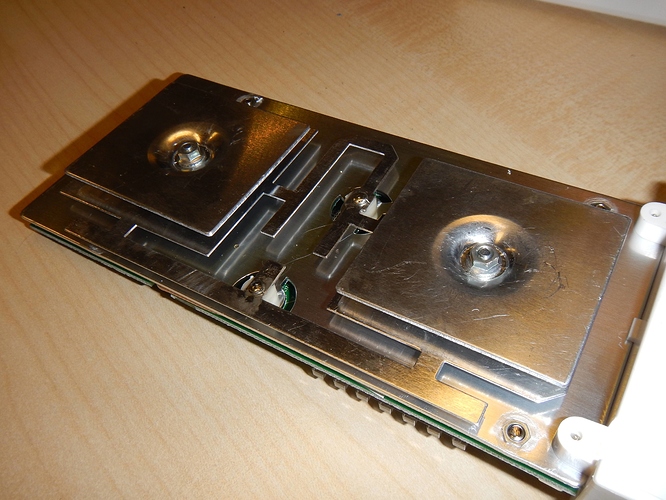
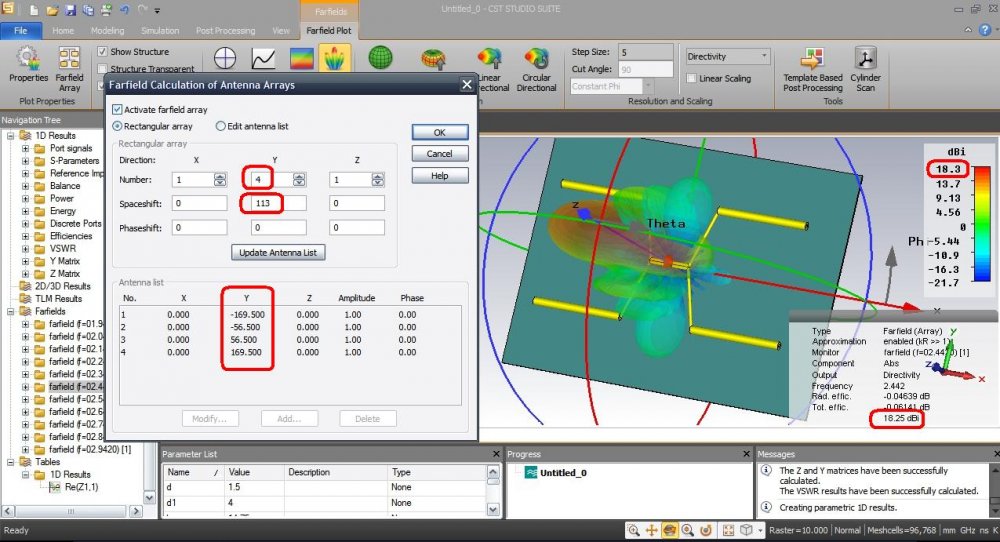
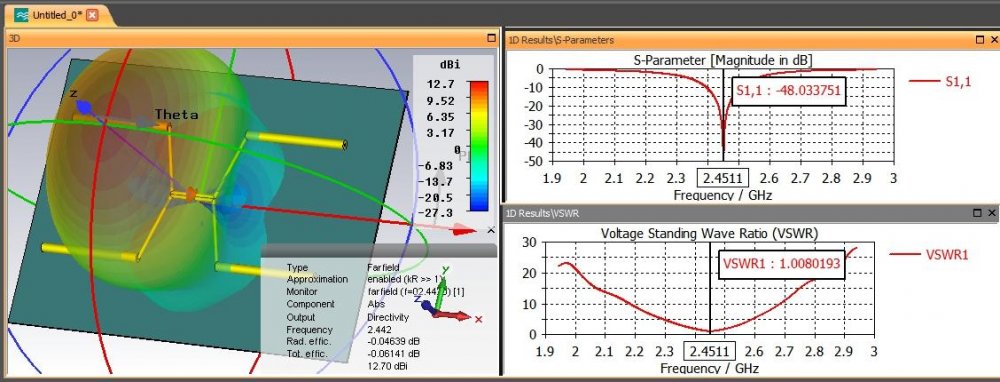
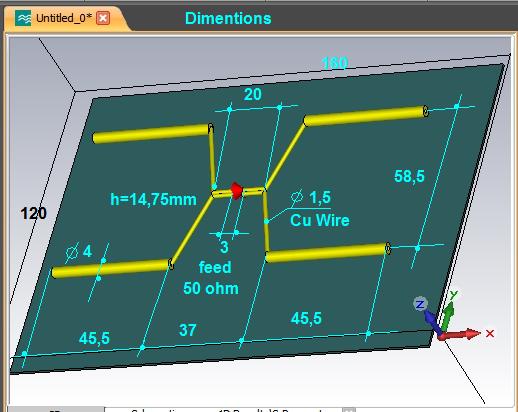
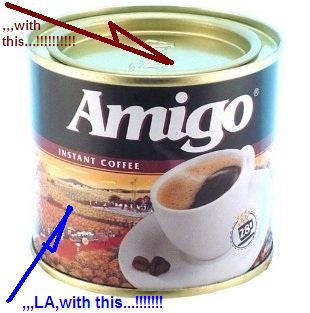
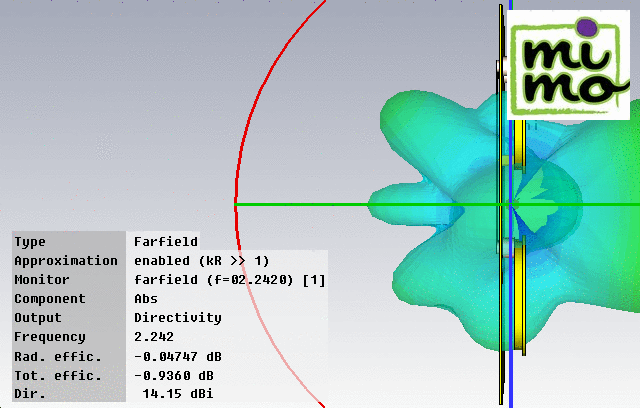
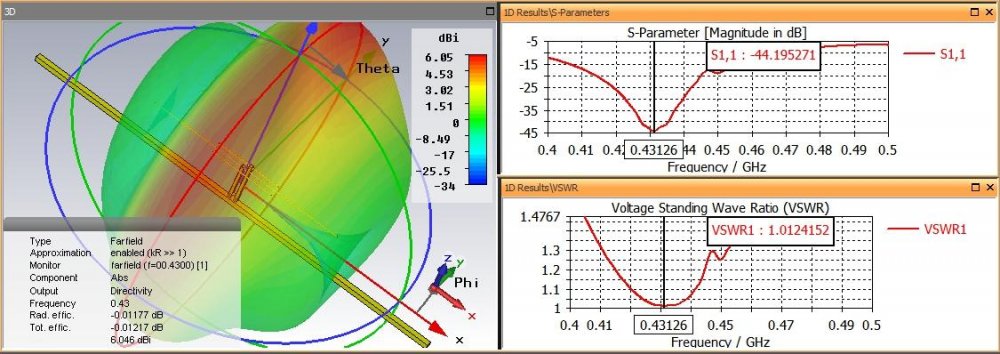
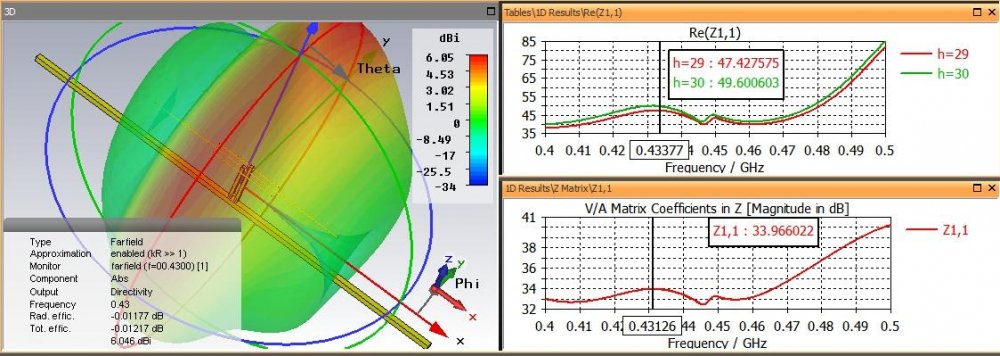

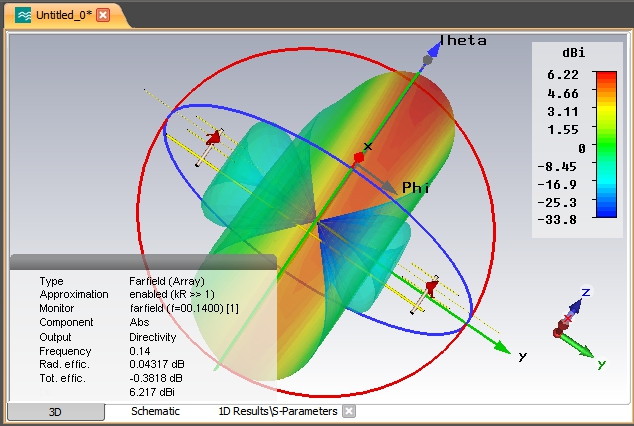
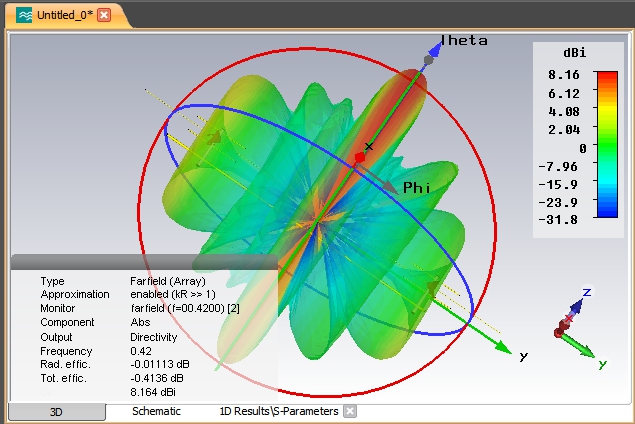
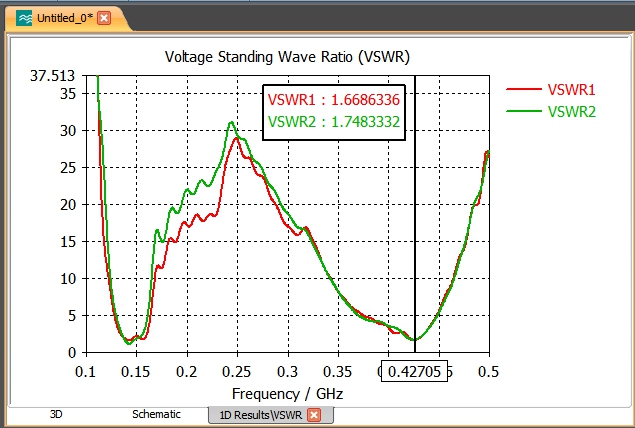
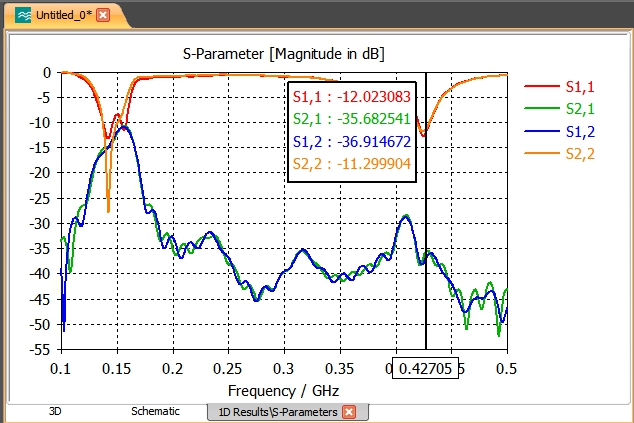
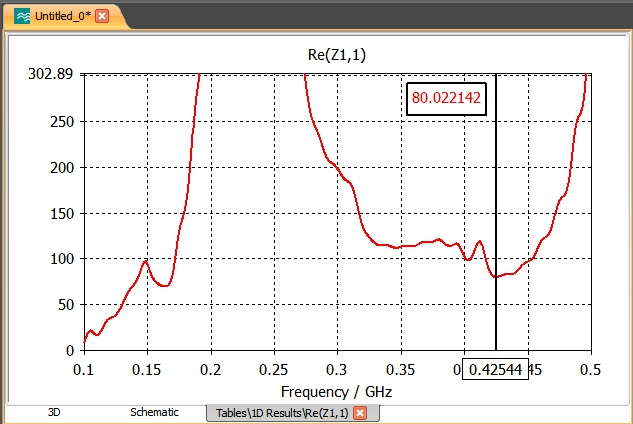
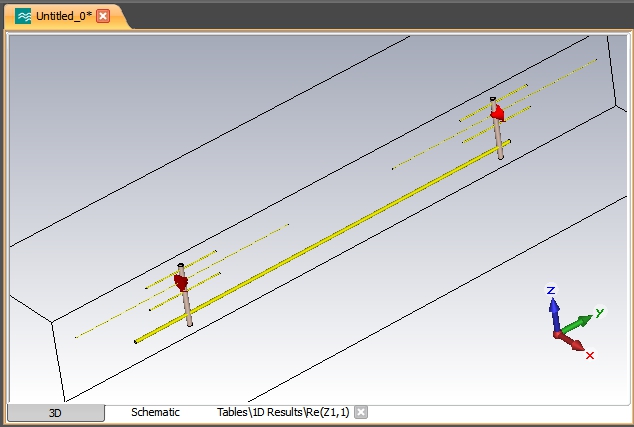
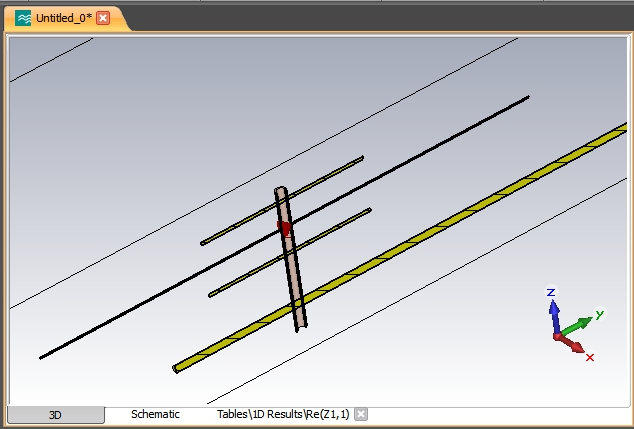
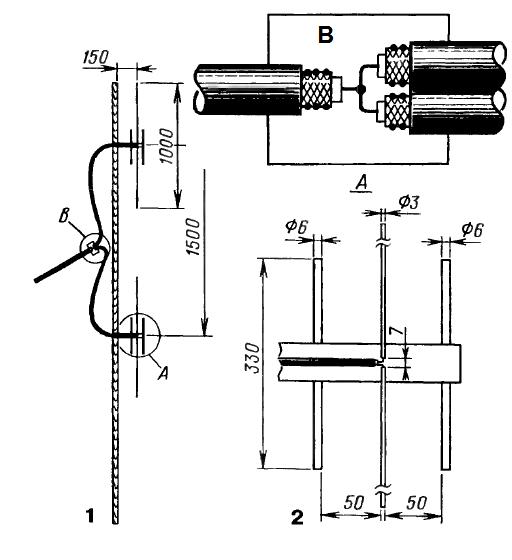
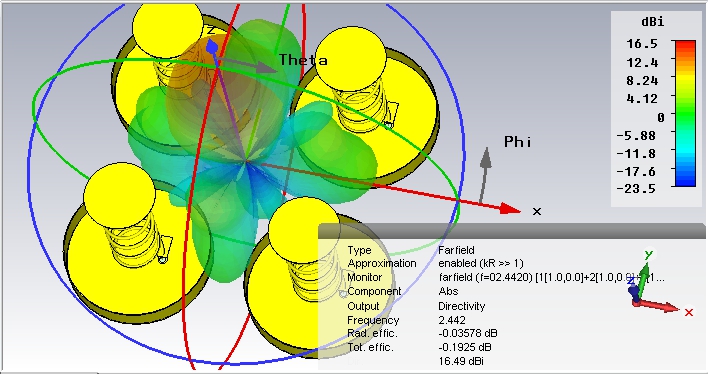
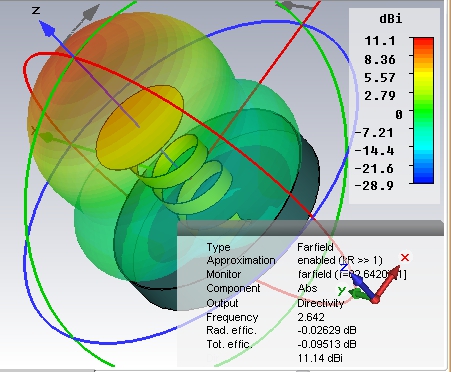
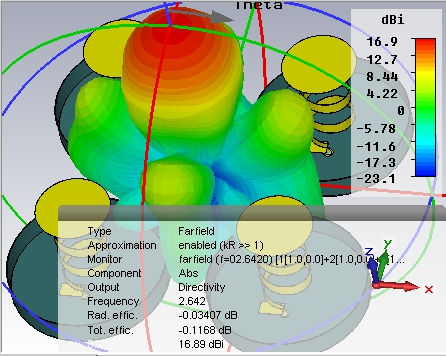
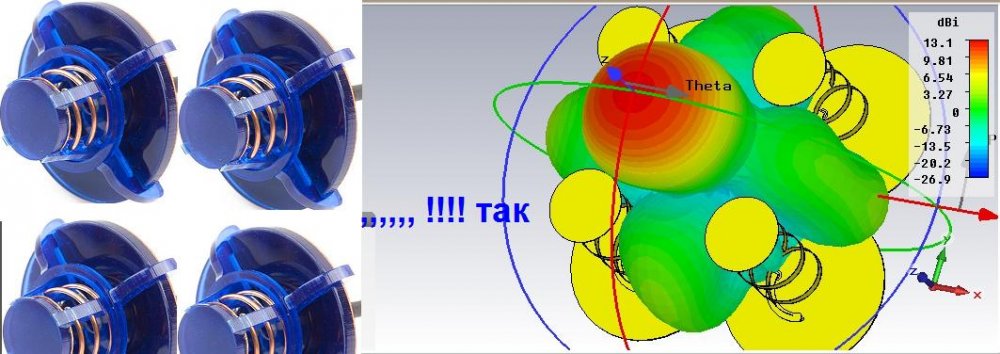
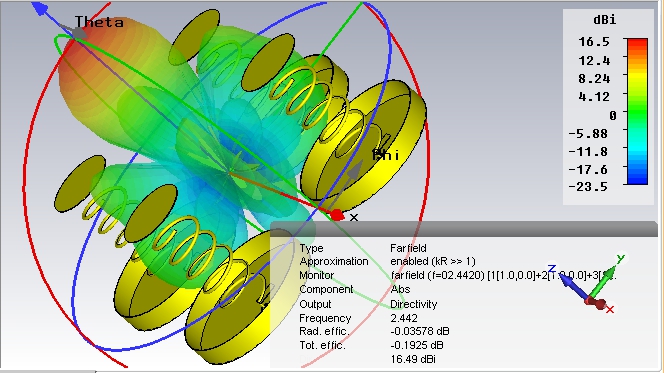
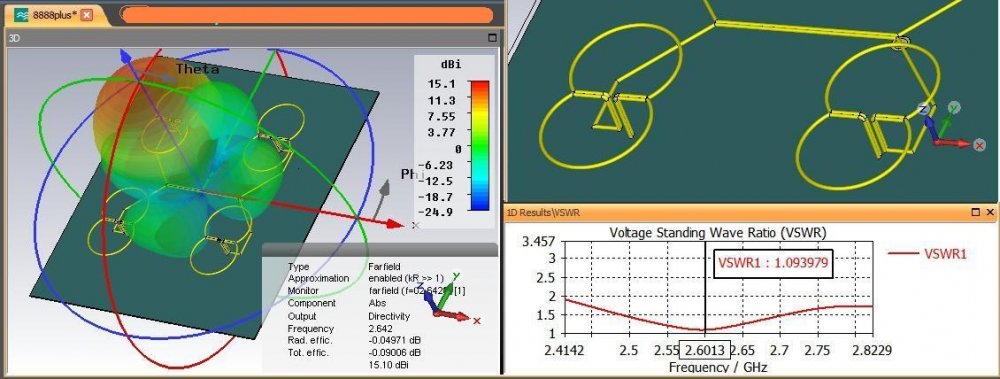
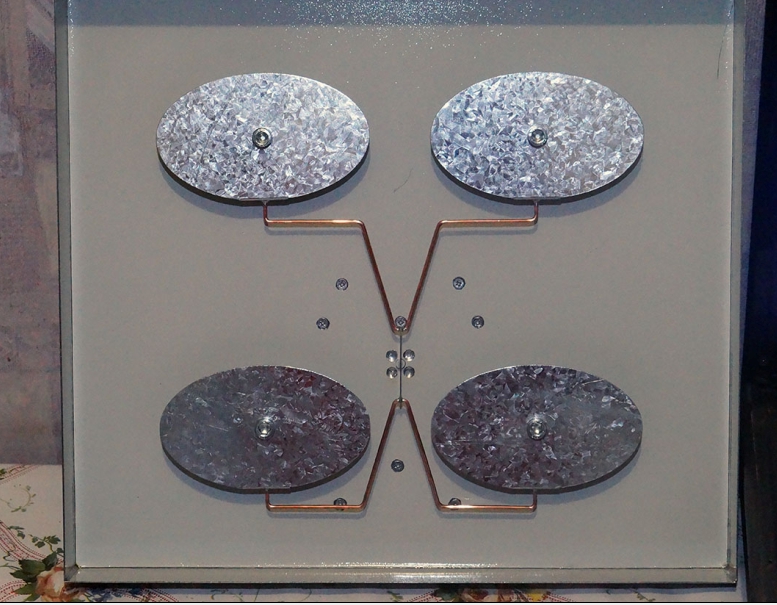
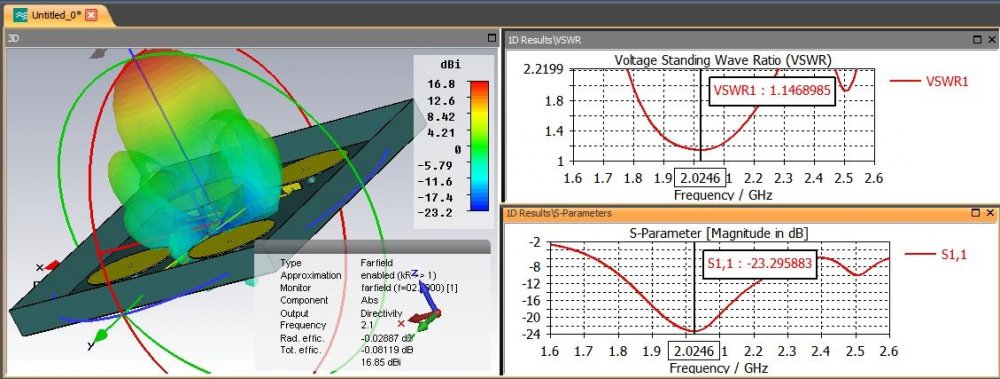
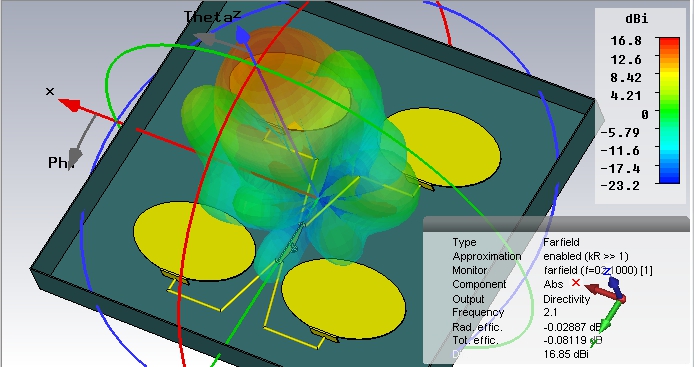
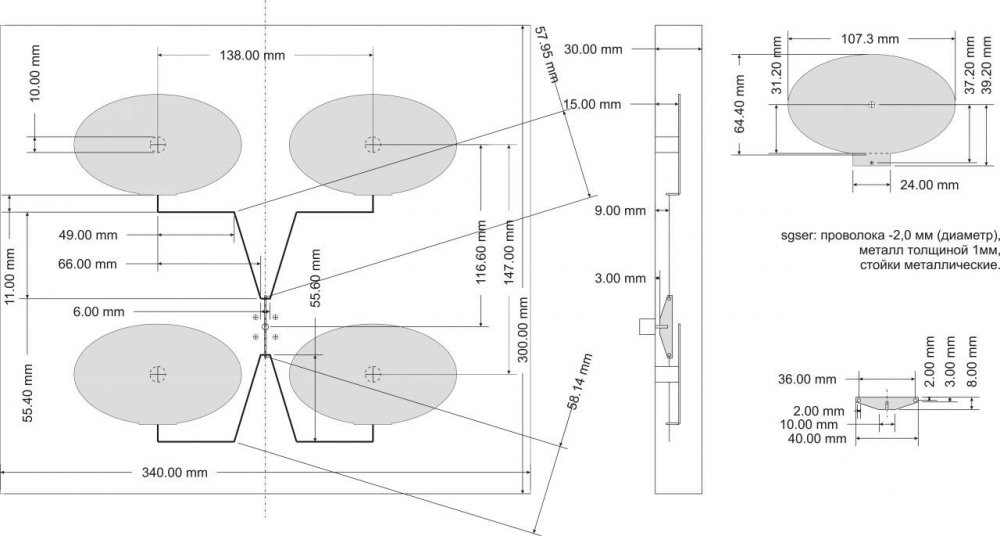
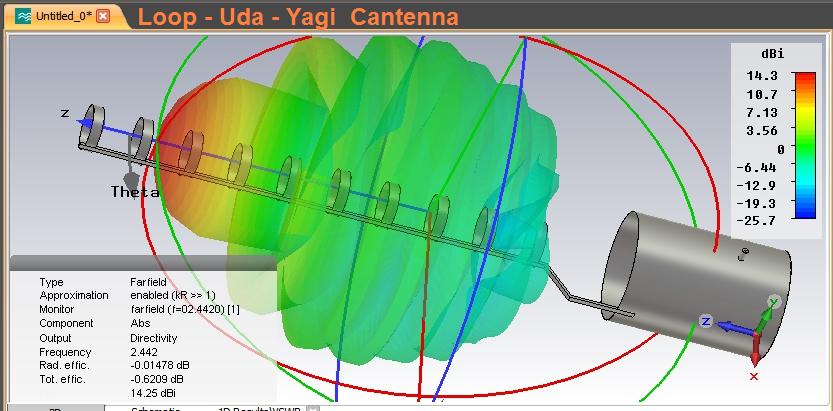
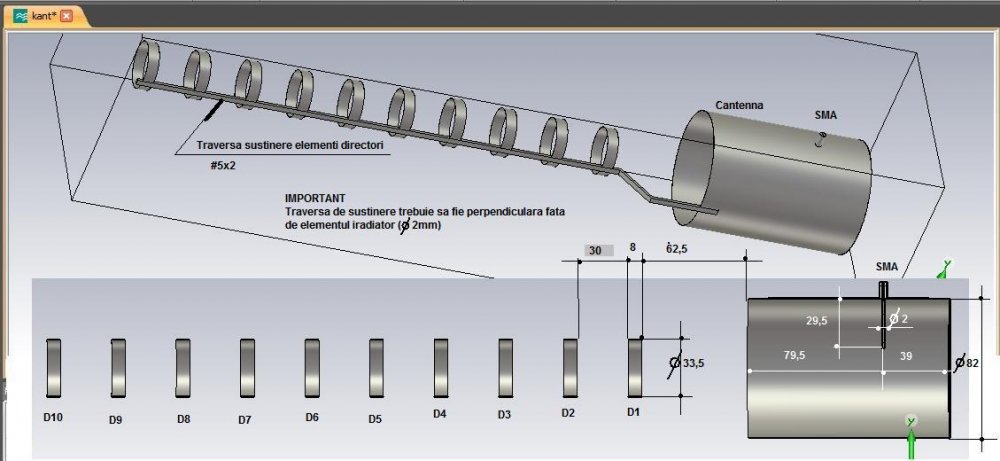


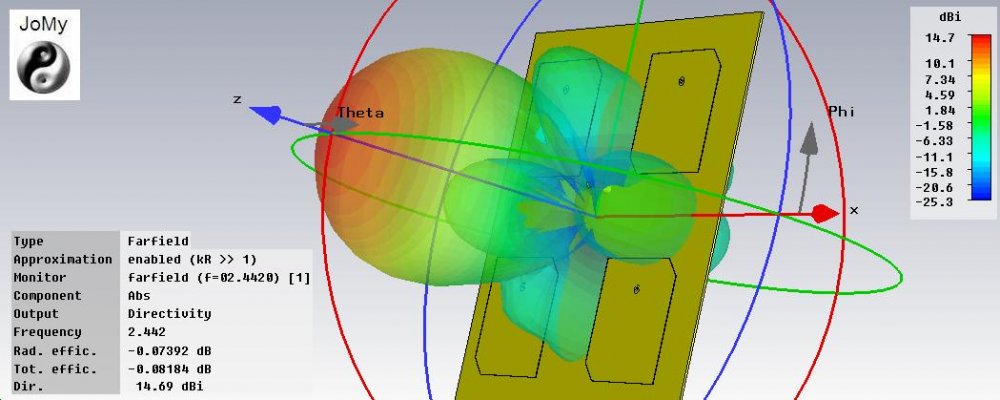

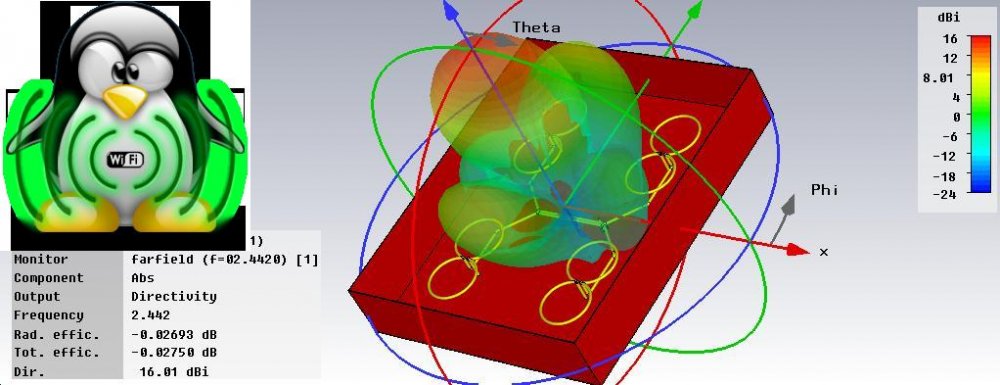




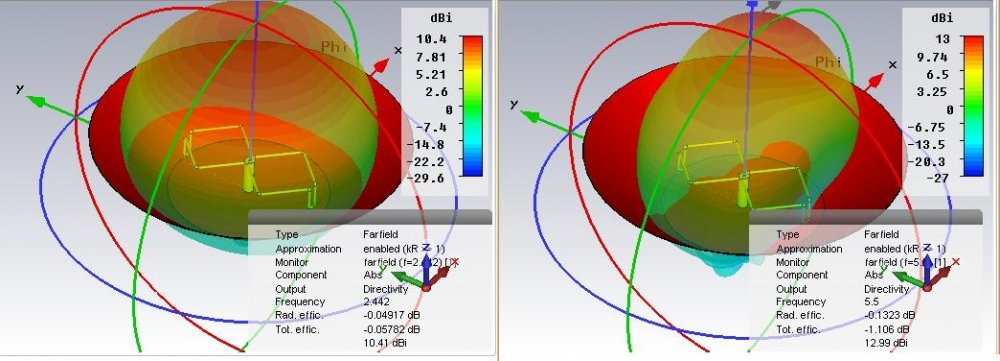


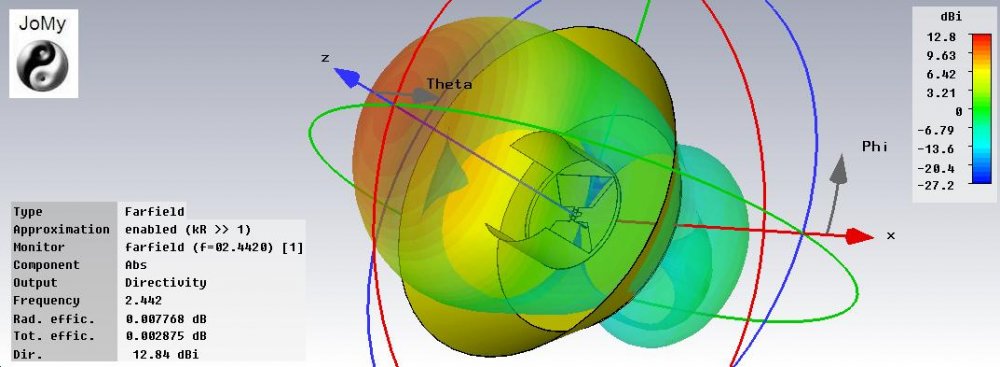
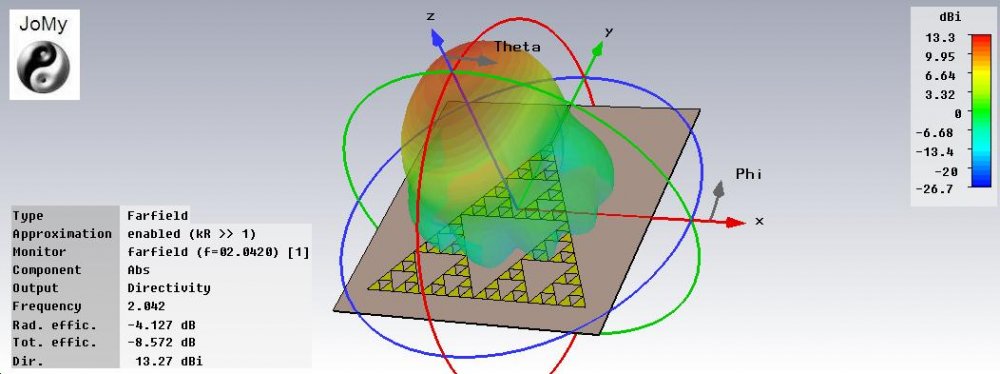
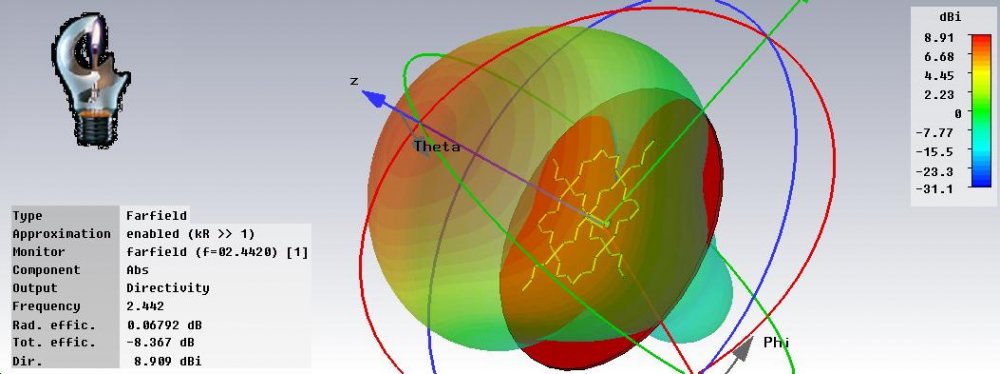
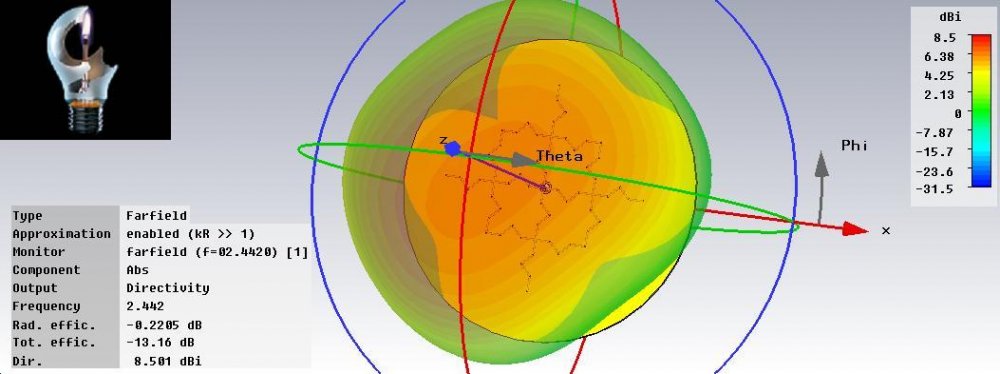

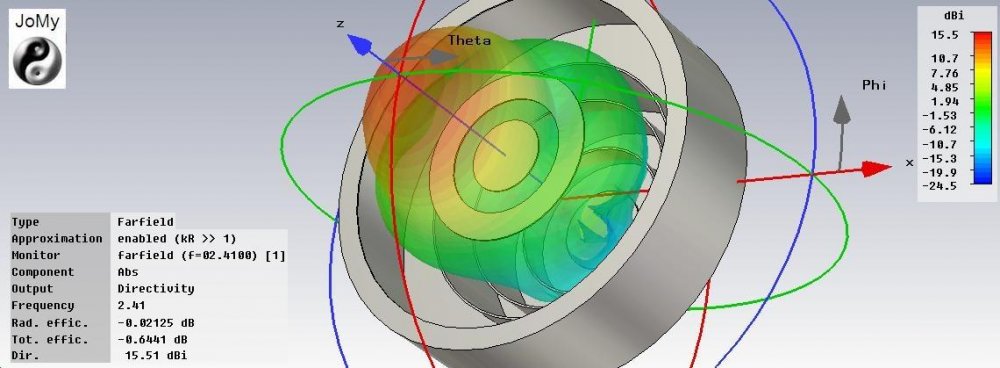





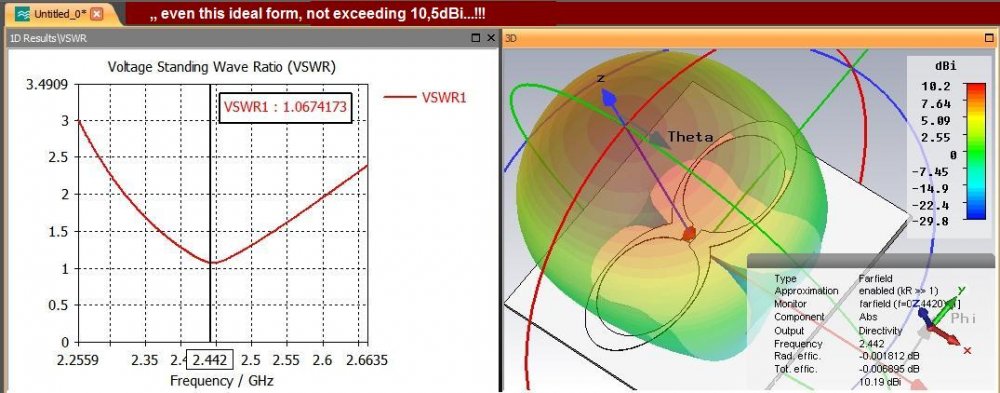
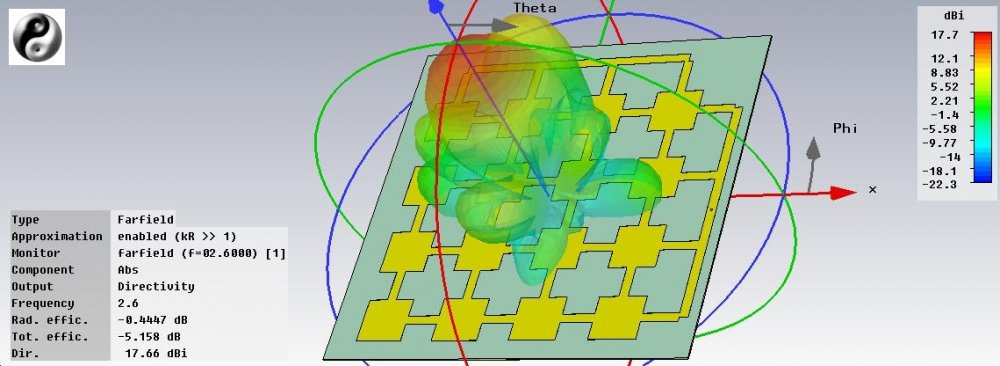
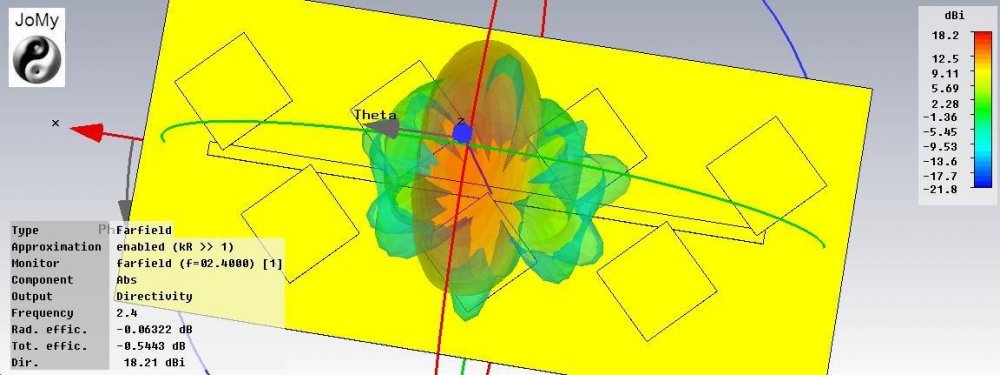
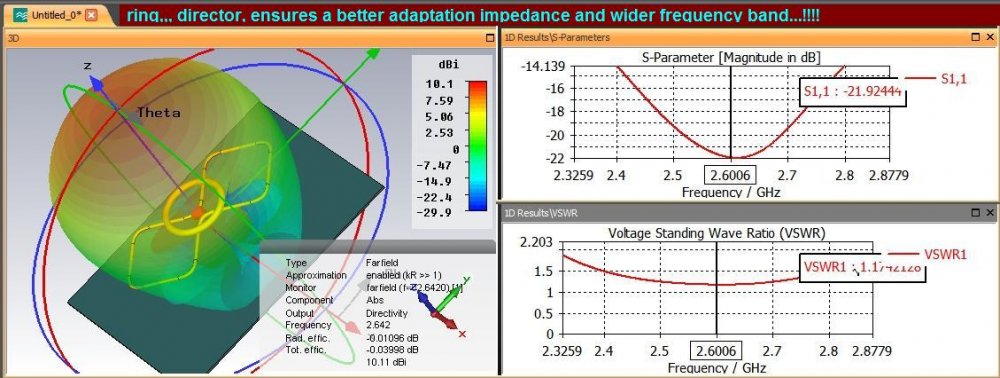
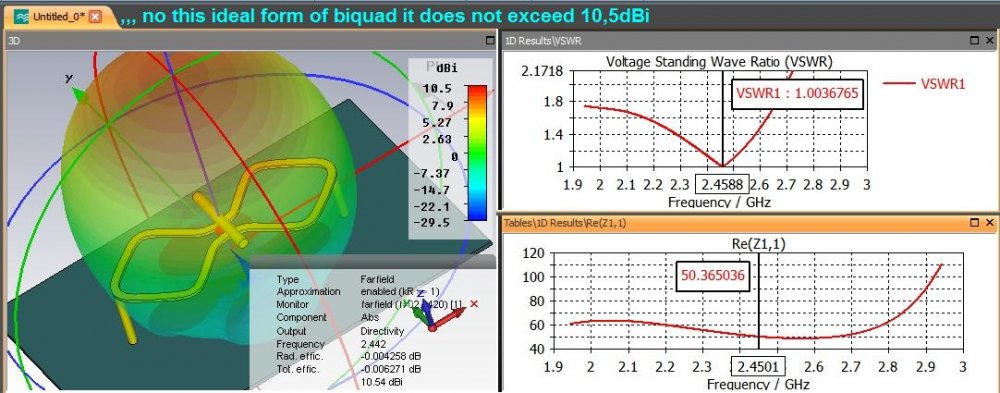
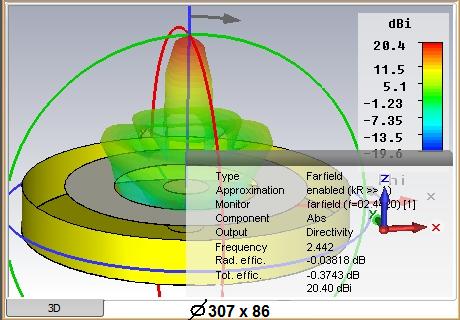

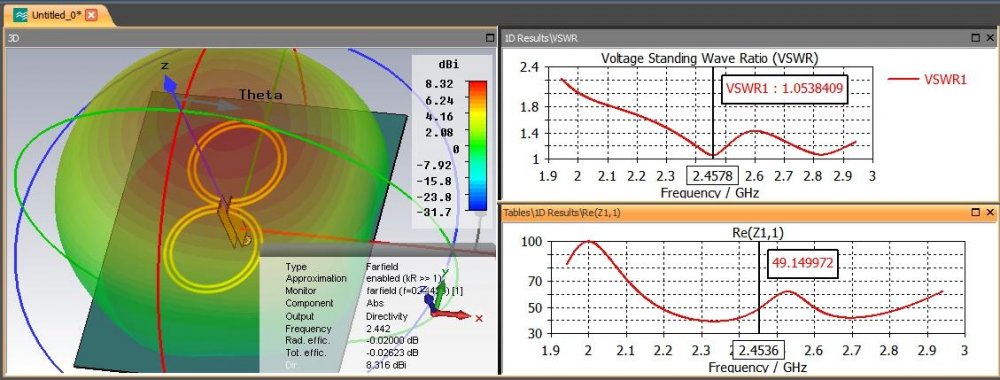


.thumb.jpg.76f756aff9eb13845e7957d60dfc100c.jpg)


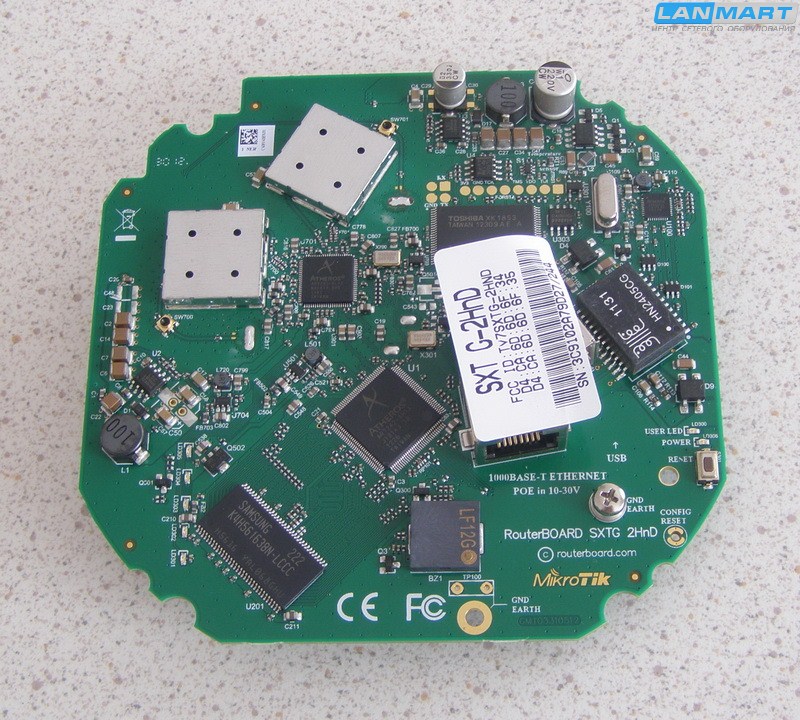
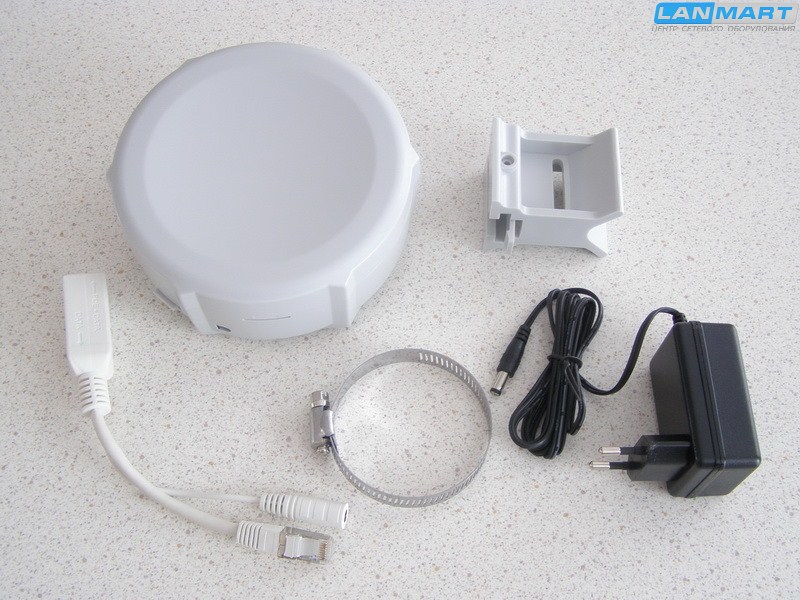
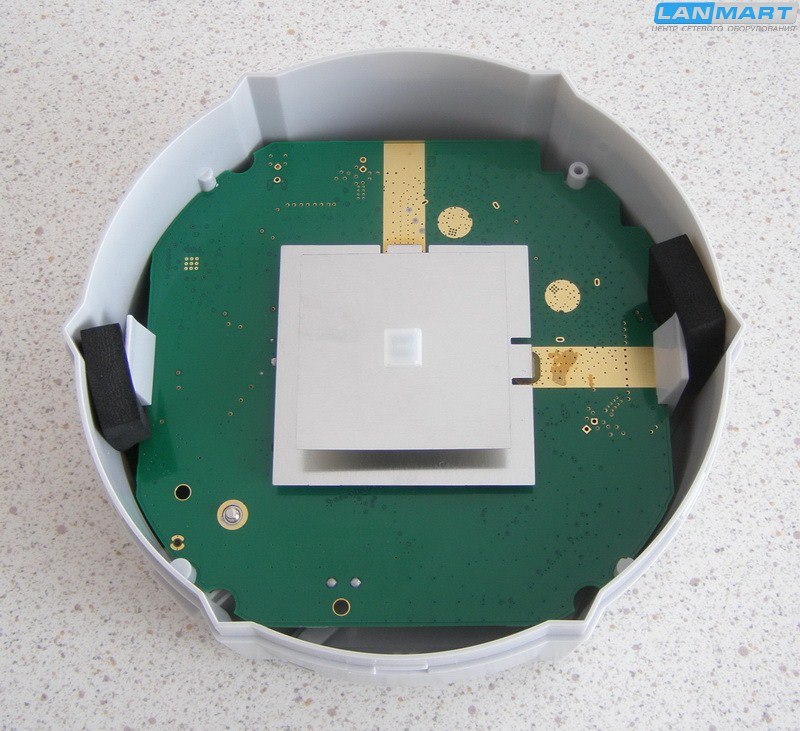
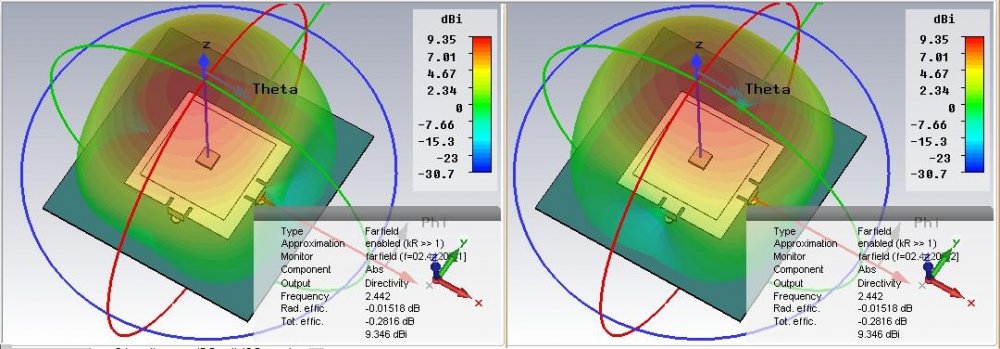
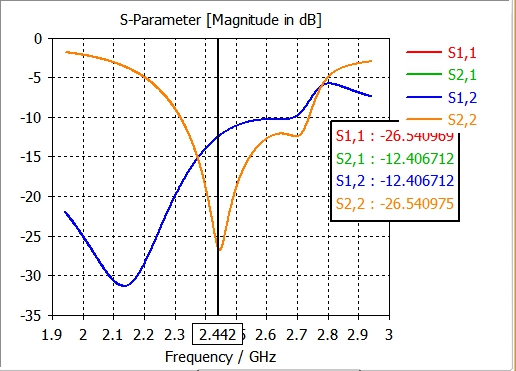
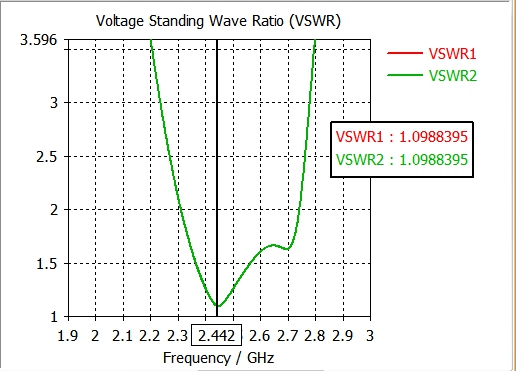
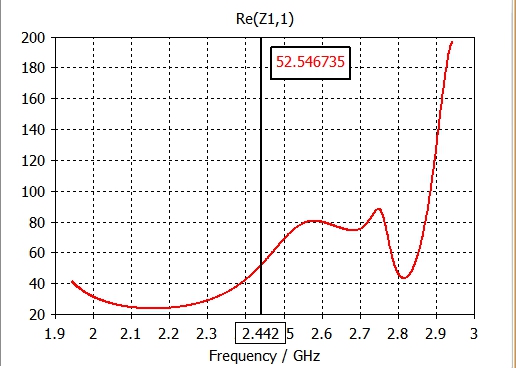
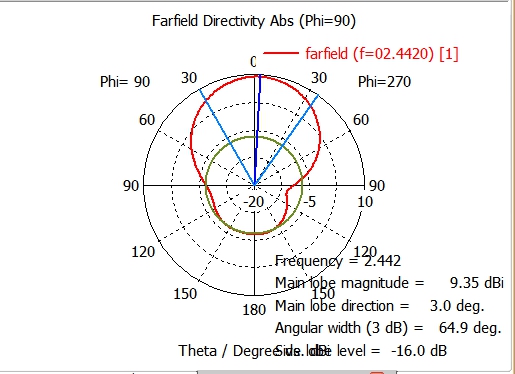
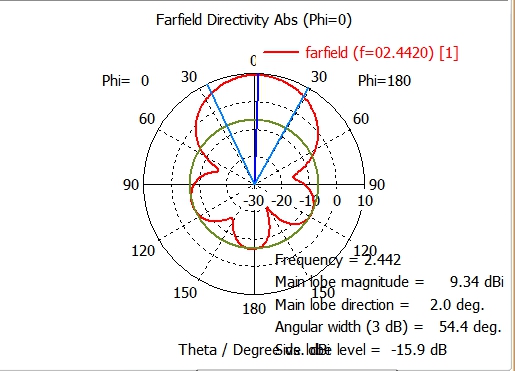
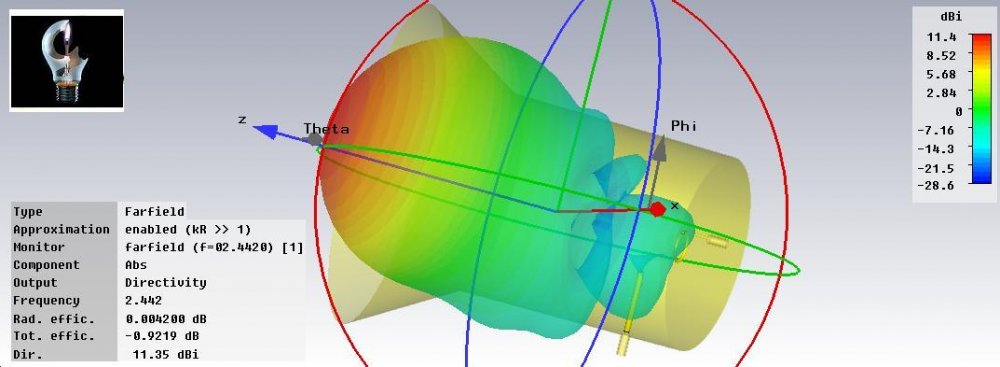
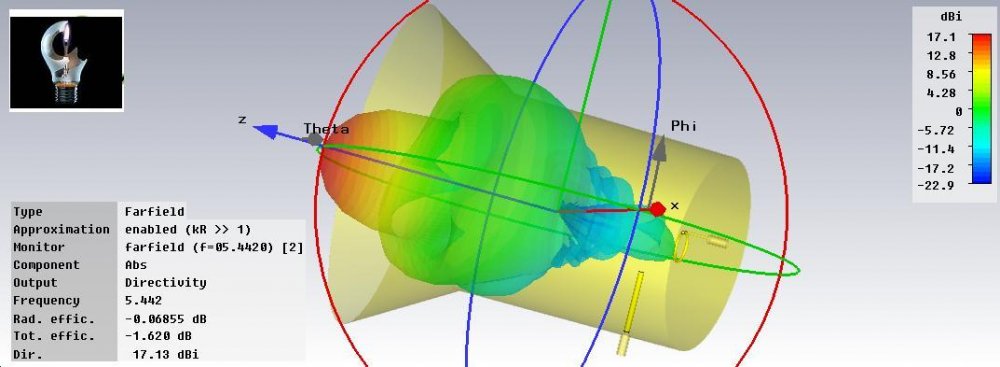
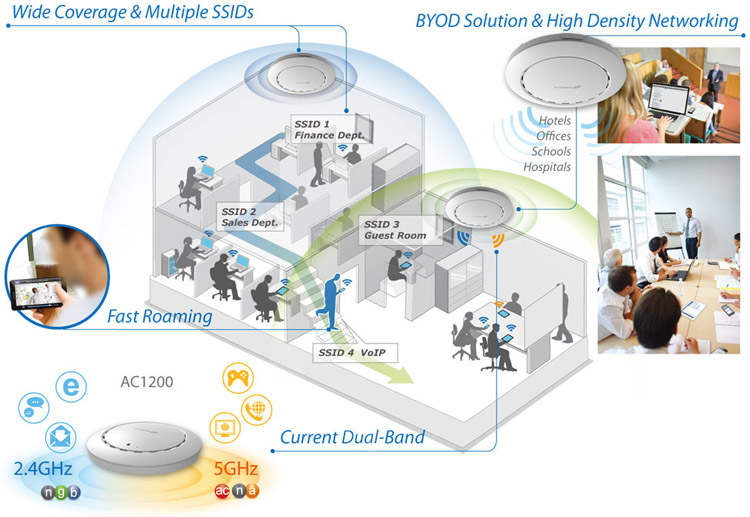
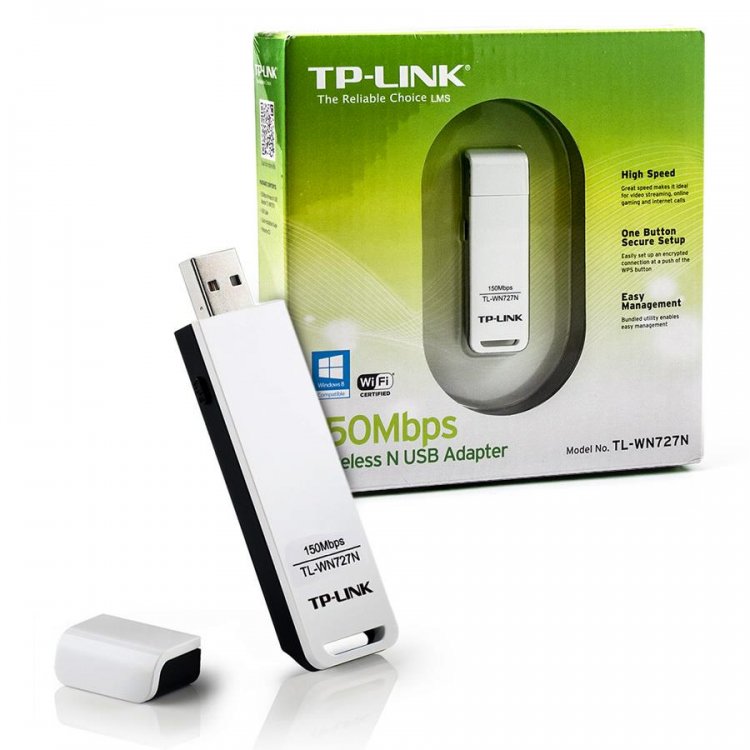
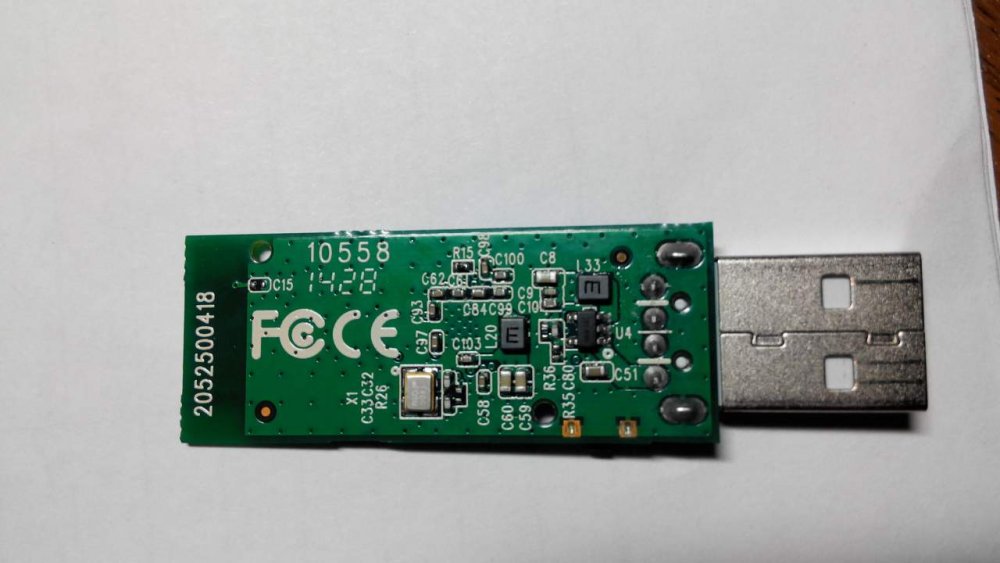
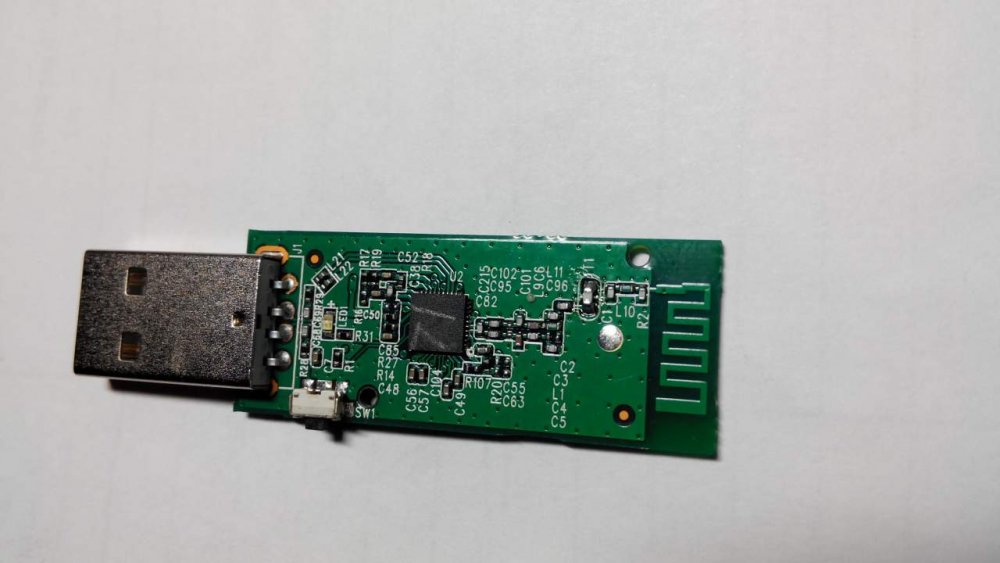
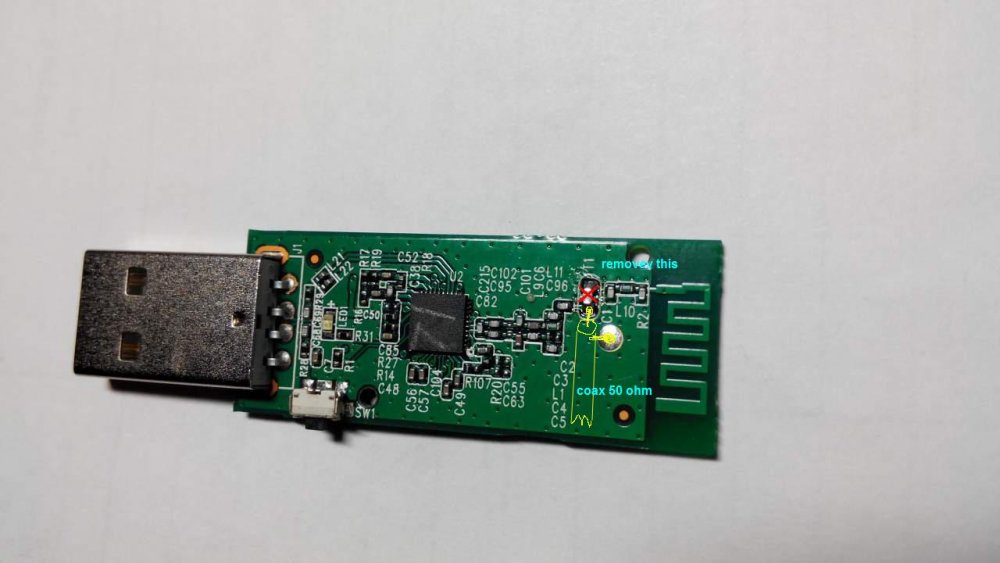
in Antennas for 2.4 GHz band
Posted